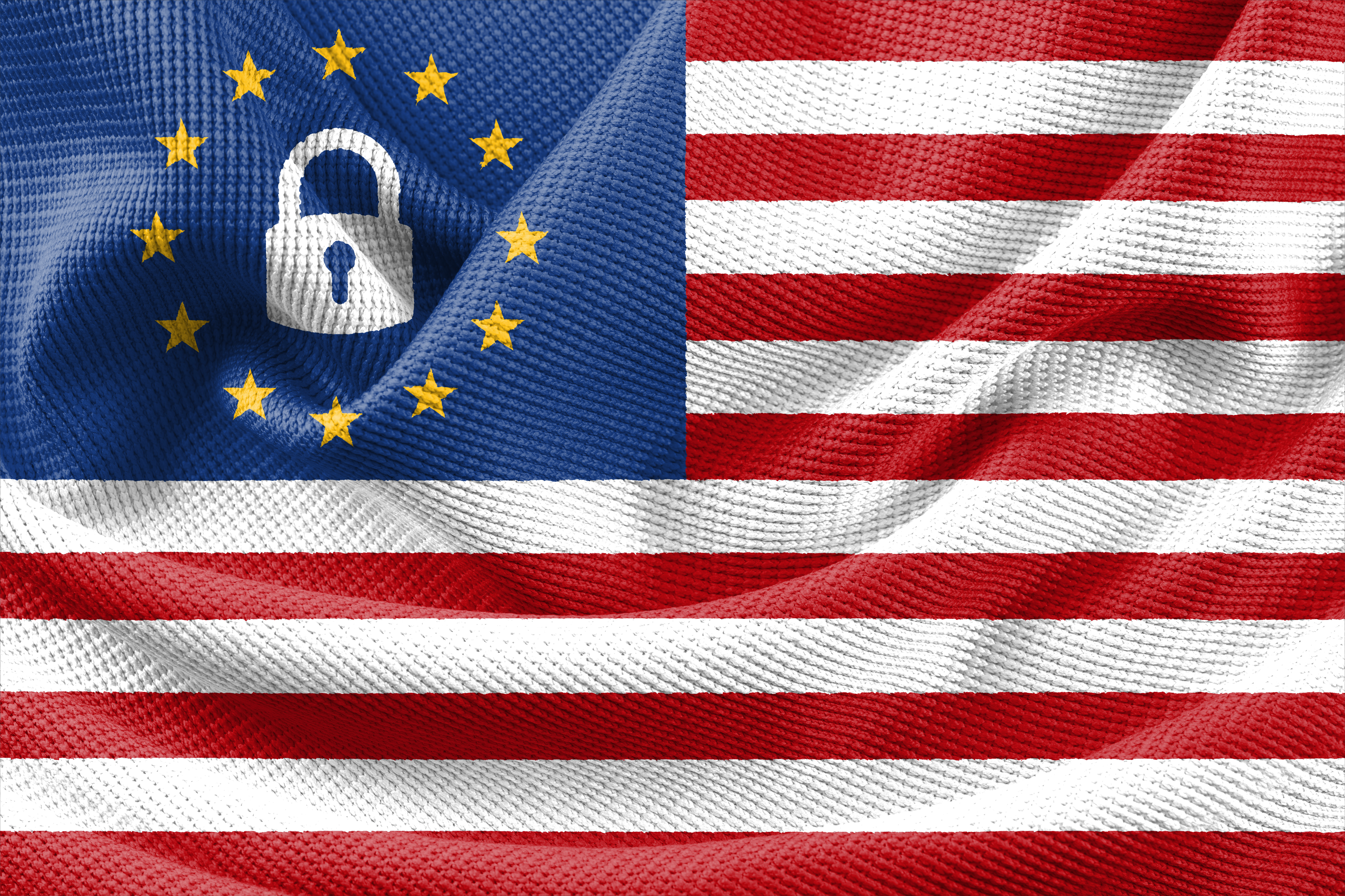In December 2019, the Supreme Court of the United States in Rotkiske v. Klemm answered a straightforward interpretive question: When does the statute of limitations for the Fair Debt Collection Practices Act (“FDCPA”), 15 U.S.C. § 1692 begin to run? By default, the answer is one year from when the alleged “violation occurs,” not the date on which the “violation is discovered.”
This was not a difficult question, although the holding leaves room for different answers in cases involving fraudulent concealment. In statutory interpretation, the plain reading of text comes first. The statutory language of 15 U.S.C. § 1692k(d) states that the FDCPA limitations clock is triggered when the “violation occurs.” In holding that the grammar does not support the application of the “discovery rule” to FDCPA claims, the U.S. Supreme Court resolved a circuit split by affirming the Third Circuit in Rotkiske v. Klemm and abrogating the Ninth Circuit in Mangum v. Action Collection Service, Inc., which applied a non-textual discovery rule to FDCPA cases as a matter of course.
In Rotkiske, Petitioner argued that the lower court should have permitted his lawsuit to proceed because the discovery rule — an equitable principle suspending a statute of limitations until the injury is discovered — applies to the FDCPA’s limitations period. The United States District Court for the Eastern District of Pennsylvania rejected Petitioner’s argument that the FDCPA incorporates the discovery rule and dismissed his claim as untimely. On appeal, the United States Court of Appeals for the Third Circuit affirmed the District Court’s judgment applying the occurrence rule — requiring the statute of limitations to begin at the date of the violation not the discovery of it. The Third Circuit held that a FDCPA action must be brought within one year of the violation and Petitioner’s claim was untimely. The U.S. Supreme Court agreed and affirmed.
The Supreme Court, however, did not rule upon the availability of equitable tolling under the FDCPA because the only question presented before the Court was whether the discovery rule applies to the FDCPA. It did not eliminate the possibility that a creditor’s fraudulent intent in concealing its violation of the statute could give a plaintiff a claim, holding instead that Rotkiske had not properly preserved that argument. Nonetheless, the U.S. Supreme Court answered the core question with a clear default rule: the FDCPA does not incorporate the discovery rule because Congress started the limitations clock when the “violation occurs.”
The U.S. Supreme Court’s Opinion can be found here. For additional information regarding the FDCPA and the Supreme Court’s decision in Rotkiske, please contact David M. Krueger at 216-363-4683 or Laura E. Kogan at 216-363-4518.
